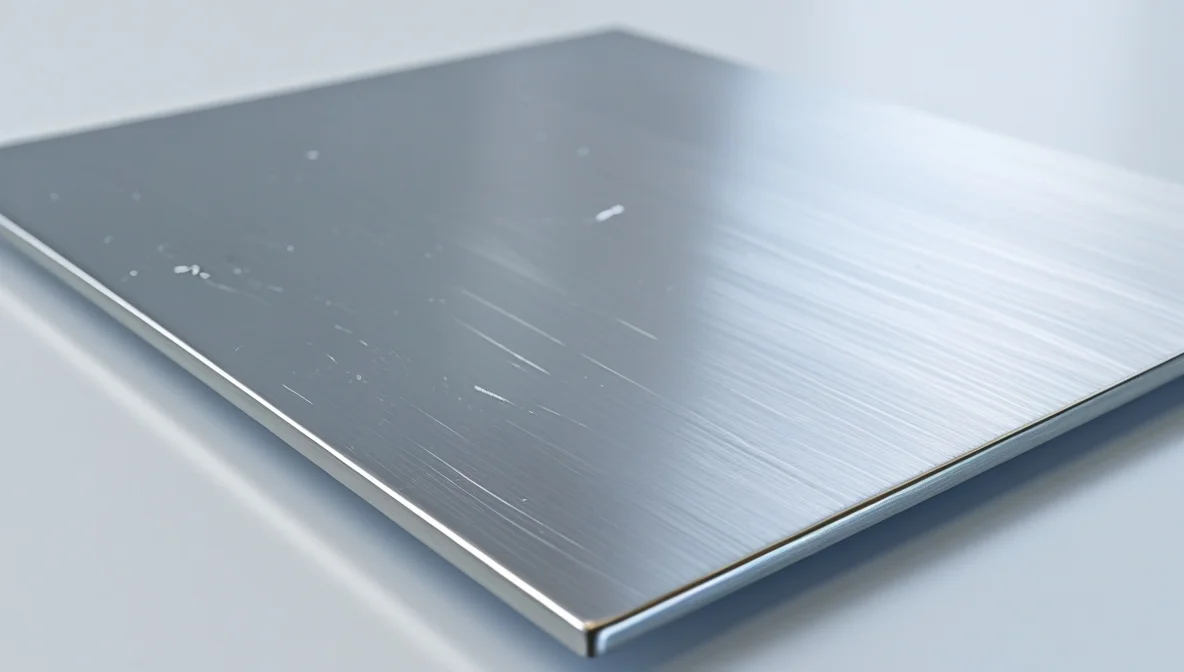Which is More Expensive: 304 or 316 Stainless Steel?
Without ambiguity, 316 stainless steel is significantly more expensive than 304 stainless steel. This price difference is consistent across various product forms (sheet, plate, bar, pipe, etc.) and market conditions, although the exact percentage difference can fluctuate.


The primary reason for the higher cost of 316 stainless steel lies in its chemical composition, specifically the addition of key alloying elements that enhance its properties but are costly materials themselves.
Key Factors Driving the Cost Difference:
- Molybdenum (Mo) Content: This is the most significant factor. Standard 316 stainless steel contains approximately 2-3% molybdenum, while 304 stainless steel contains virtually none (only trace amounts). Molybdenum is a relatively expensive alloying element, and its intentional addition directly increases the raw material cost for 316 grades. It’s this molybdenum that gives 316 its superior corrosion resistance, especially against chlorides and pitting.
- Nickel (Ni) Content: 316 stainless steel generally has a higher minimum nickel content compared to 304. Typically, 304 contains about 8-10.5% Ni, while 316 contains about 10-14% Ni. Nickel is one of the most expensive alloying elements in stainless steel, contributing significantly to its price. The higher nickel content in 316 further adds to its cost compared to 304.
- Market Dynamics: While both are common grades, the prices of alloying elements like nickel and molybdenum fluctuate on the global commodity markets. Volatility in these prices directly impacts the production cost and final selling price of stainless steel grades, but the fundamental cost hierarchy (316 > 304) remains due to the compositional differences.
Typical Price Premium:
The price premium for 316 over 304 can vary but often ranges from 20% to 40% or even higher, depending on market conditions, the specific product form, and supplier pricing strategies. For example, the cost difference might be more pronounced for specialized items or smaller quantities.
Justifying the Cost:
Despite its higher price, 316 stainless steel is chosen when its superior corrosion resistance is necessary for the application’s longevity and safety. In environments with exposure to salt water, chemicals, or high chloride concentrations where 304 stainless steel would corrode or fail prematurely, the added cost of 316 is justified by the extended service life and reduced maintenance or replacement costs. For less corrosive environments, 304 offers a more economical solution with adequate performance.
Which is more expensive 304 or 316 stainless steel? — This article provides a practical buyer‑focused overview with specifications, selection tips, and on‑site considerations. Explore related topics: blog.
Key Specifications and Standards
- Standards: ASTM / EN / JIS (e.g., ASTM A240/A36, EN 10088/10025, JIS G4304/G3131).
- Surface options: 2B, BA, No.4, HL, mirror; galvanized (electro / hot‑dip).
- Processing: hot‑rolled, cold‑rolled, annealed & pickled, welded or seamless.
- Typical services: slitting, shearing, cut‑to‑length, drilling, beveling, deburring.
- Documentation: MTC, CO, packing list with net/gross weight and heat numbers.
Typical Applications
Construction, machinery, automotive, energy, enclosures and fencing, food equipment (for stainless), and general fabrication. Match grade and finish to corrosion, strength, and appearance requirements.
Selection Guide
- Use certified material with Mill Test Certificate (MTC).
- Confirm standards (ASTM/EN/JIS) and tolerances per drawing.
- Match surface finish to application (2B/BA/No.4/galvanized).
- Specify dimensions and acceptable deviation upfront.
- Plan packaging and corrosion protection for transit.
Processing, Packaging and Logistics
We adopt edge protection, waterproof wrapping, rust‑inhibiting paper, fumigated pallets, and strapping suitable for sea freight. Loading photos and weight lists are provided for each shipment.
FAQs
Q: What lead time can I expect?
A: Typically 7–15 days ex‑works for standard sizes; custom processing may extend the schedule.
Q: Can you provide cut‑to‑size service?
A: Yes. We slit, shear, cut, drill, bevel and deburr to drawing to reduce waste and speed installation.
Q: How do you ensure quality?
A: Incoming inspection, process control, and final inspection with traceable heat numbers; third‑party inspection is available.
Q: Do you support small trial orders?
A: We support pilot quantities with consolidated shipping to control cost.
All values are typical and for guidance only; confirm with the datasheet and purchase order before production.
Related products: view details.
Related products: view details.



